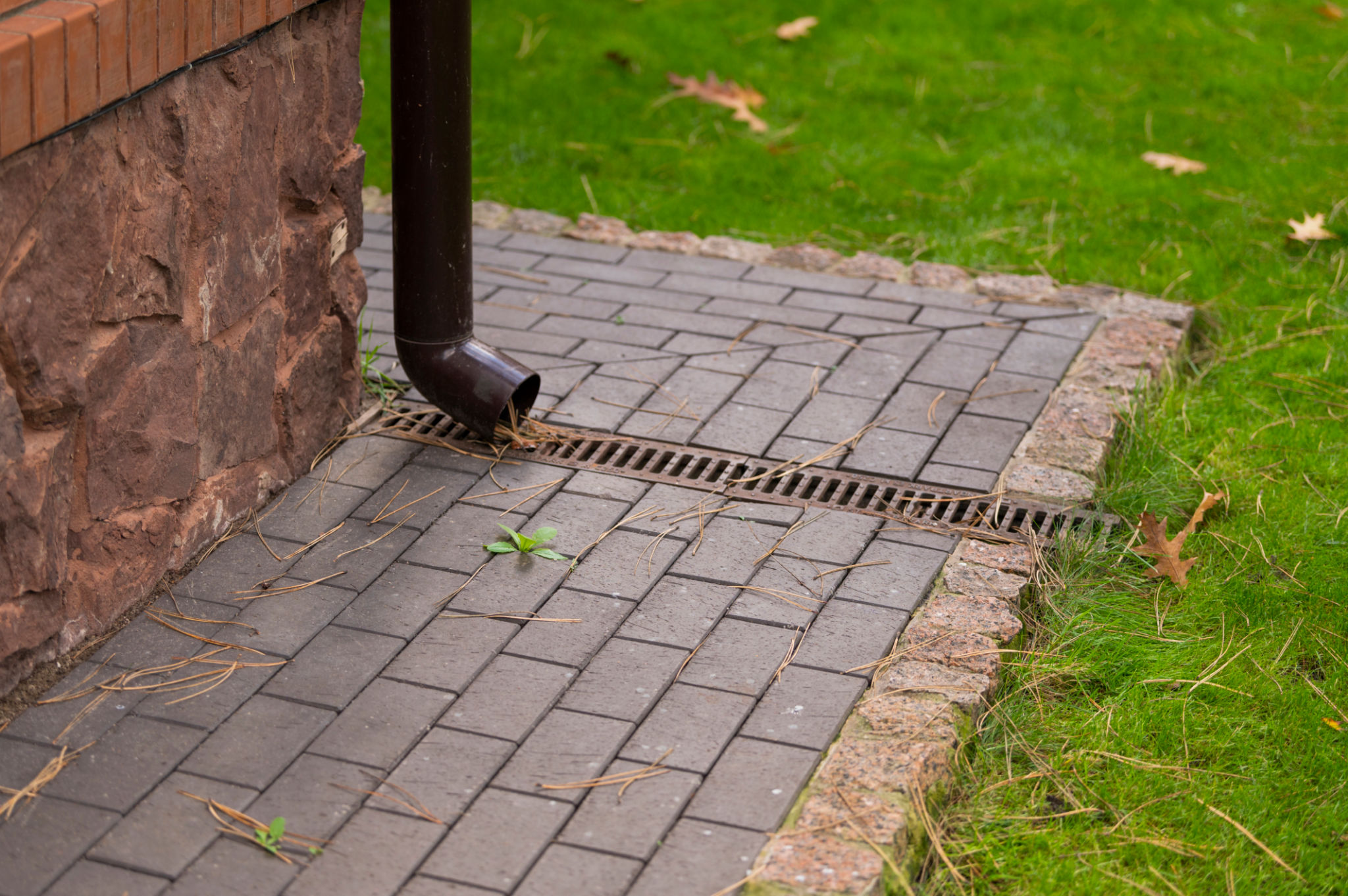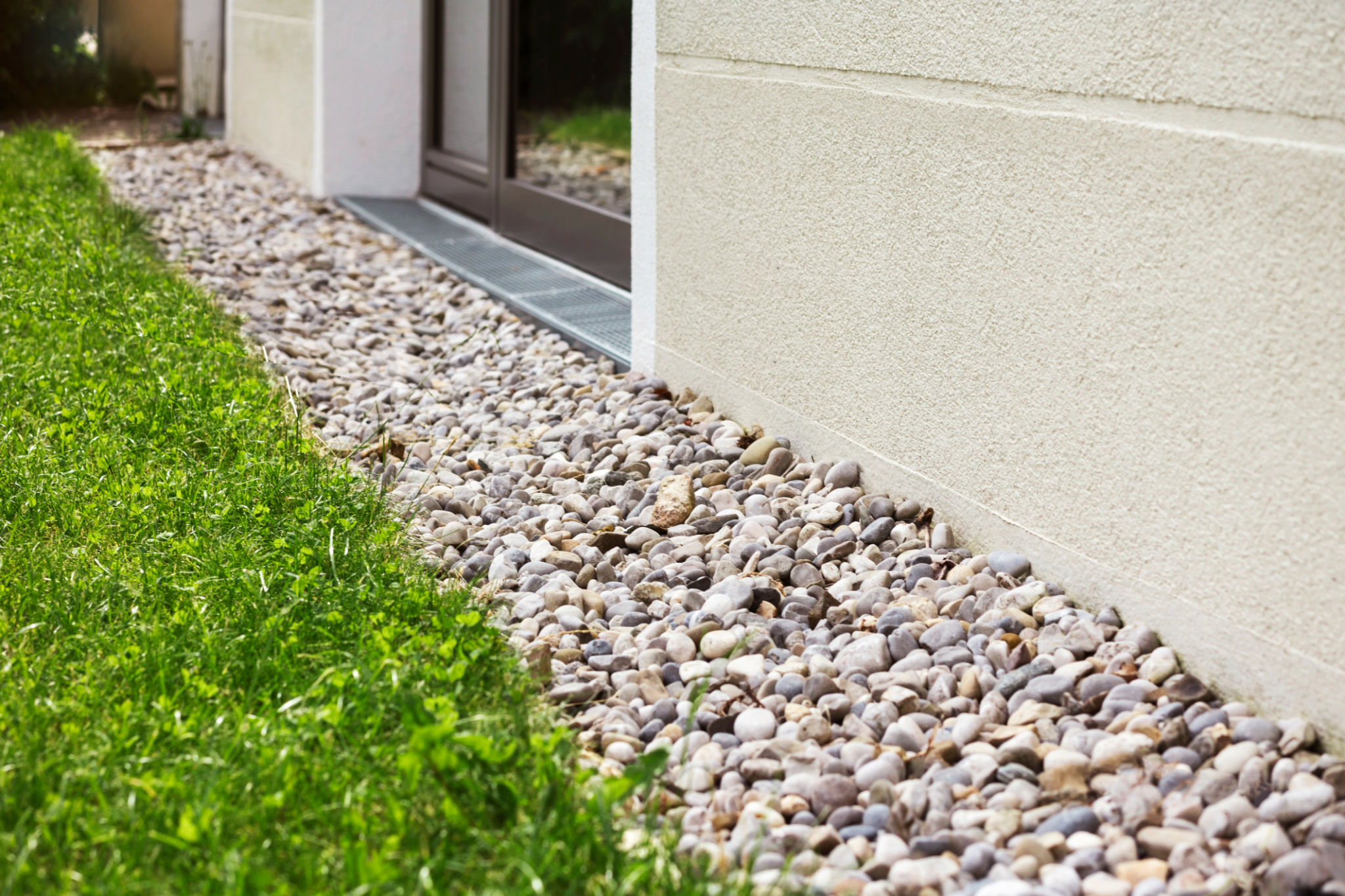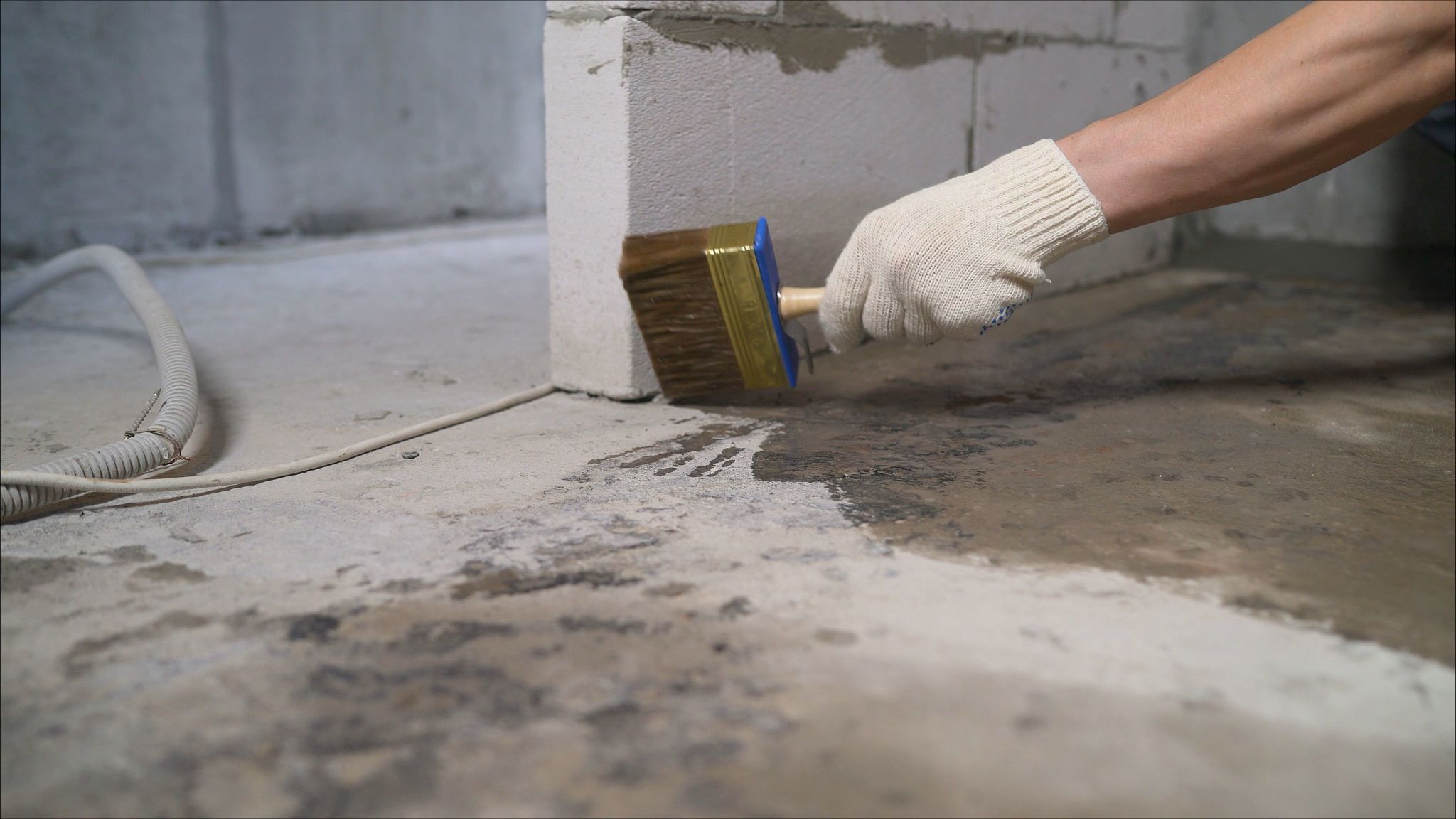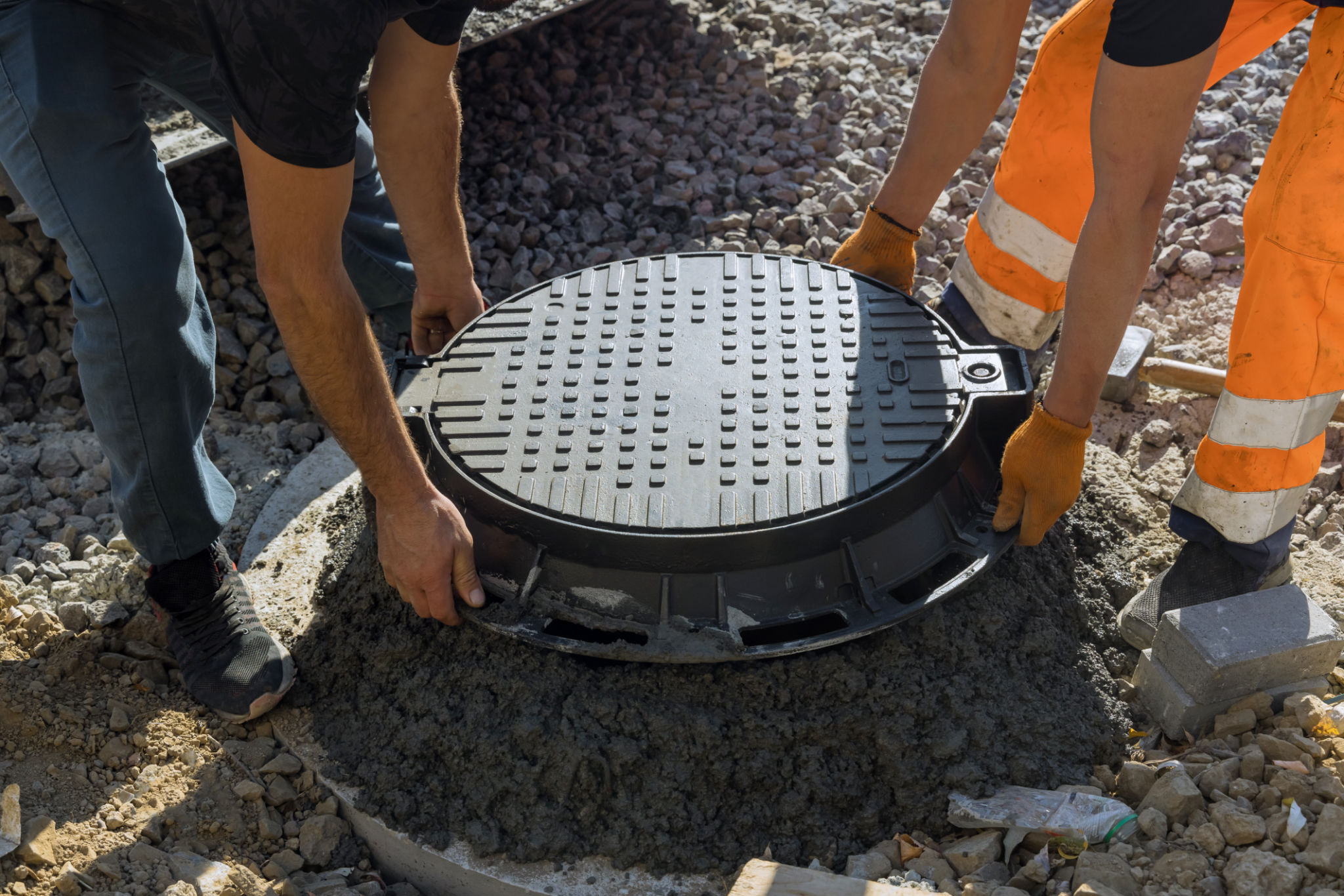Comparing French Drain Systems: Which One is Right for You?
Understanding French Drain Systems
French drains are essential solutions for managing water drainage and preventing water-related damage in homes and properties. These systems effectively redirect water away from foundations, basements, and other critical areas. With various types available, choosing the right French drain system can be a daunting task. This post will guide you through comparing the different types to help you make an informed decision.

Types of French Drain Systems
French drains come in several forms, each designed to address specific drainage issues. The most common types include surface French drains, subsurface (or deep) French drains, and interior French drains. Understanding the functionality and ideal applications of each type is crucial in selecting the right system for your needs.
Surface French Drains
Surface French drains are typically installed at ground level to capture runoff water from rain or irrigation before it infiltrates the soil. These drains are suitable for properties with heavy surface water accumulation and are often used in landscaping projects. They consist of a shallow trench filled with gravel that directs water away from problem areas.

Subsurface French Drains
Subsurface or deep French drains are installed below the ground surface to intercept and redirect groundwater. These are ideal for properties with high water tables or where groundwater seepage is a concern. The subsurface systems are more complex to install but offer comprehensive protection against water infiltration into basements or foundations.
Interior French Drains
Interior French drains are installed inside buildings, typically around the perimeter of a basement floor. They are designed to manage water that seeps through walls or floors by channeling it into a sump pump system. This type of drain is an excellent solution for properties with persistent basement water issues.

Factors to Consider When Choosing a French Drain System
When selecting a French drain system, consider factors such as the severity of your water issue, the topography of your property, and your budget. Surface drains are generally less expensive and easier to install but may be insufficient for severe drainage problems. Subsurface and interior drains offer more robust solutions but require greater investment in terms of time and money.
Installation and Maintenance
Proper installation is crucial for the effectiveness of any French drain system. Hiring a professional ensures that the system is correctly designed and implemented according to your property's specific needs. Additionally, regular maintenance, such as clearing debris from surface drains or checking the operation of a sump pump, can prolong the life of your system and maintain its efficiency.

Conclusion: Making the Right Choice for Your Property
Choosing the right French drain system is pivotal in protecting your property from water damage. By understanding the different types and their applications, you can make an informed decision that best suits your drainage needs. Whether you opt for a simple surface drain or a more comprehensive subsurface or interior system, investing in a quality drainage solution is an investment in the longevity and safety of your home.